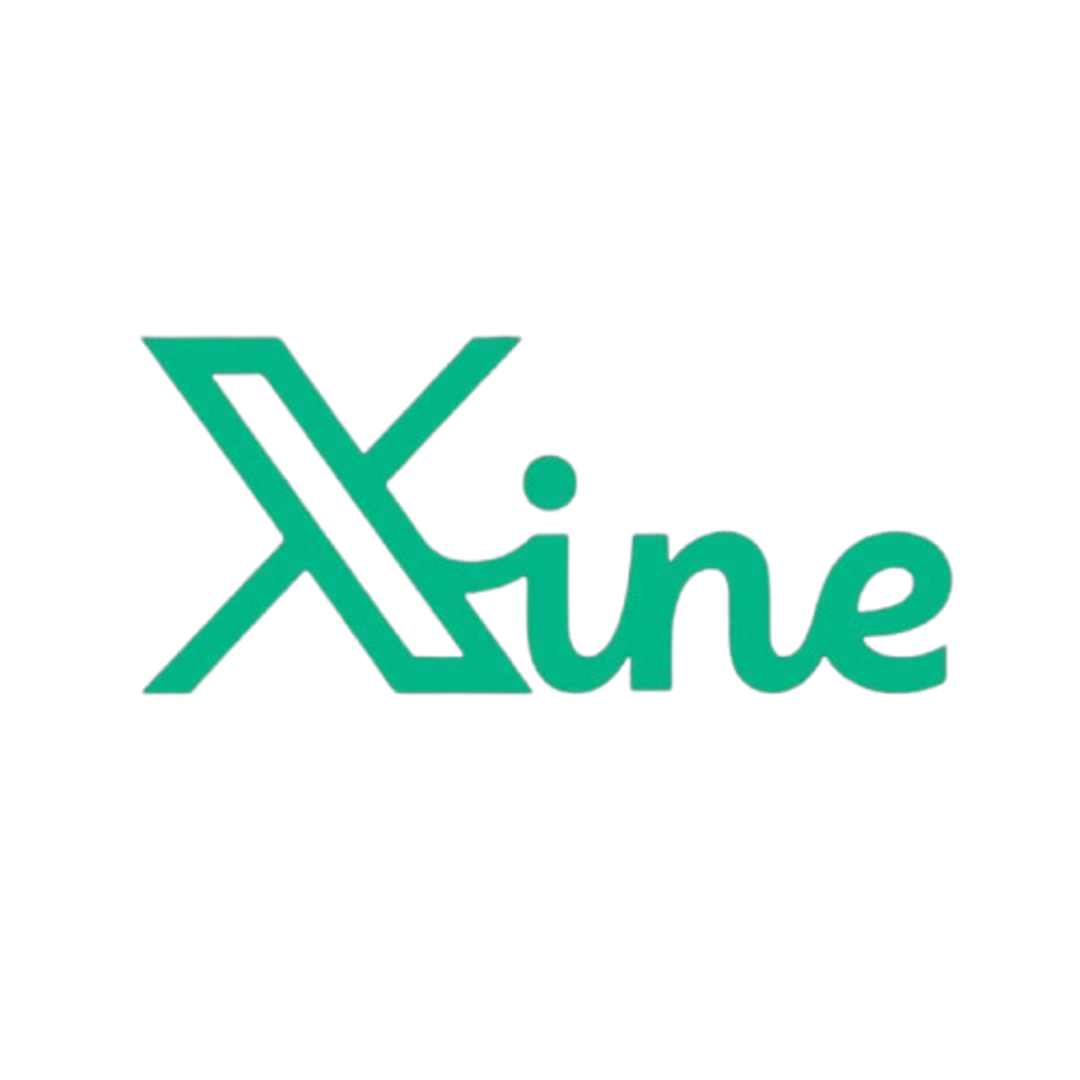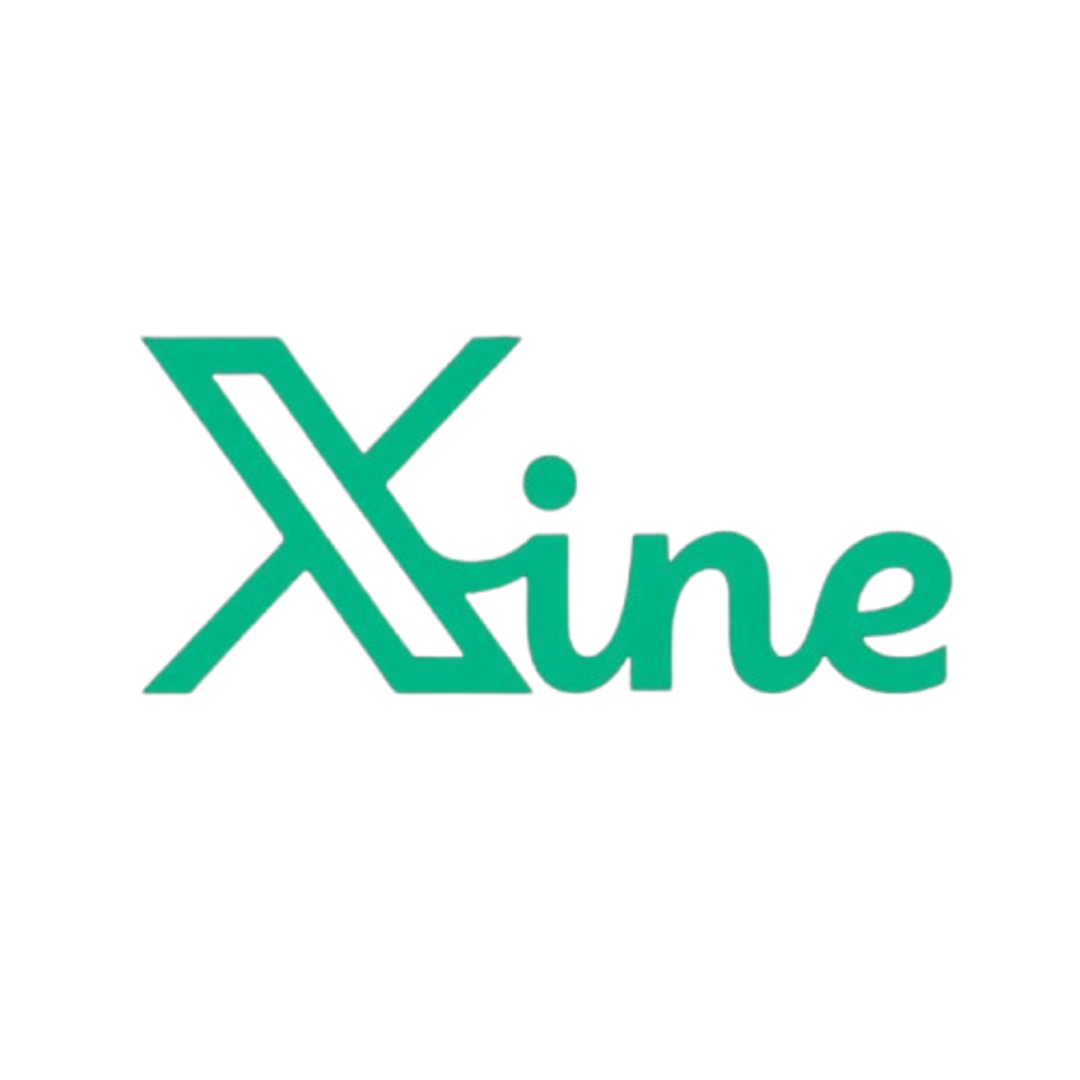US Cancer Registry Software Market Segment: Application-Specific Insights
The US Cancer Registry Software Market segment
categorizes the market based on end-user applications, including hospitals, oncology research centers, and public health agencies. Hospitals dominate the segment due to the high volume of patient data, the need for real-time reporting, and compliance with regulatory mandates. Research centers use specialized features for epidemiological studies, clinical trials, and outcome analysis. Public health agencies rely on registry software for population-level cancer surveillance, policy formulation, and reporting to national databases. Each segment has distinct software requirements and adoption patterns, which vendors must address to ensure efficient functionality and regulatory compliance.
Reference - https://www.marketresearchfuture.com/reports/us-cancer-registry-software-market-13801
Segment-specific insights help software providers tailor solutions to meet unique operational needs. Hospitals prioritize data accuracy, secure storage, and workflow integration; research centers require robust analytics and lab integration; public health agencies focus on standardized reporting and regulatory compliance. By aligning product offerings with segment-specific demands, vendors can maximize adoption, enhance customer satisfaction, and improve overall market penetration in the US cancer registry software sector.
FAQs – US Cancer Registry Software Market Segment
Q1: What are the primary segments?
A1: Hospitals, oncology research centers, and public health agencies.
Q2: Why is segment analysis important?
A2: It allows tailored solutions for operational efficiency and regulatory compliance.
Q3: Which segment drives adoption?
A3: Hospitals, due to high data volume and reporting requirements.
The US Cancer Registry Software Market segment
categorizes the market based on end-user applications, including hospitals, oncology research centers, and public health agencies. Hospitals dominate the segment due to the high volume of patient data, the need for real-time reporting, and compliance with regulatory mandates. Research centers use specialized features for epidemiological studies, clinical trials, and outcome analysis. Public health agencies rely on registry software for population-level cancer surveillance, policy formulation, and reporting to national databases. Each segment has distinct software requirements and adoption patterns, which vendors must address to ensure efficient functionality and regulatory compliance.
Reference - https://www.marketresearchfuture.com/reports/us-cancer-registry-software-market-13801
Segment-specific insights help software providers tailor solutions to meet unique operational needs. Hospitals prioritize data accuracy, secure storage, and workflow integration; research centers require robust analytics and lab integration; public health agencies focus on standardized reporting and regulatory compliance. By aligning product offerings with segment-specific demands, vendors can maximize adoption, enhance customer satisfaction, and improve overall market penetration in the US cancer registry software sector.
FAQs – US Cancer Registry Software Market Segment
Q1: What are the primary segments?
A1: Hospitals, oncology research centers, and public health agencies.
Q2: Why is segment analysis important?
A2: It allows tailored solutions for operational efficiency and regulatory compliance.
Q3: Which segment drives adoption?
A3: Hospitals, due to high data volume and reporting requirements.
US Cancer Registry Software Market Segment: Application-Specific Insights
The US Cancer Registry Software Market segment
categorizes the market based on end-user applications, including hospitals, oncology research centers, and public health agencies. Hospitals dominate the segment due to the high volume of patient data, the need for real-time reporting, and compliance with regulatory mandates. Research centers use specialized features for epidemiological studies, clinical trials, and outcome analysis. Public health agencies rely on registry software for population-level cancer surveillance, policy formulation, and reporting to national databases. Each segment has distinct software requirements and adoption patterns, which vendors must address to ensure efficient functionality and regulatory compliance.
Reference - https://www.marketresearchfuture.com/reports/us-cancer-registry-software-market-13801
Segment-specific insights help software providers tailor solutions to meet unique operational needs. Hospitals prioritize data accuracy, secure storage, and workflow integration; research centers require robust analytics and lab integration; public health agencies focus on standardized reporting and regulatory compliance. By aligning product offerings with segment-specific demands, vendors can maximize adoption, enhance customer satisfaction, and improve overall market penetration in the US cancer registry software sector.
FAQs – US Cancer Registry Software Market Segment
Q1: What are the primary segments?
A1: Hospitals, oncology research centers, and public health agencies.
Q2: Why is segment analysis important?
A2: It allows tailored solutions for operational efficiency and regulatory compliance.
Q3: Which segment drives adoption?
A3: Hospitals, due to high data volume and reporting requirements.
0 Comments
·0 Shares
·69 Views


